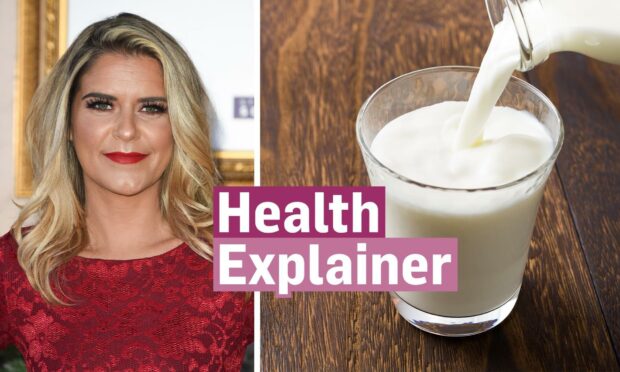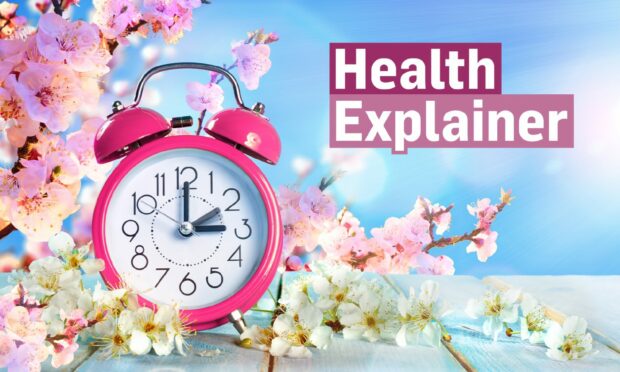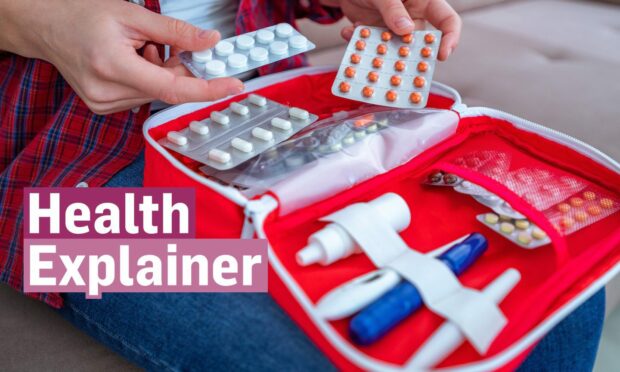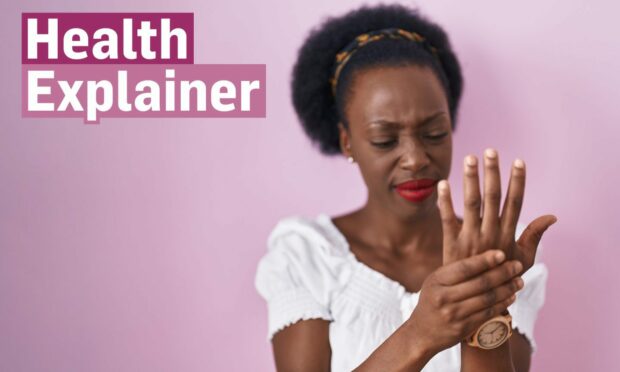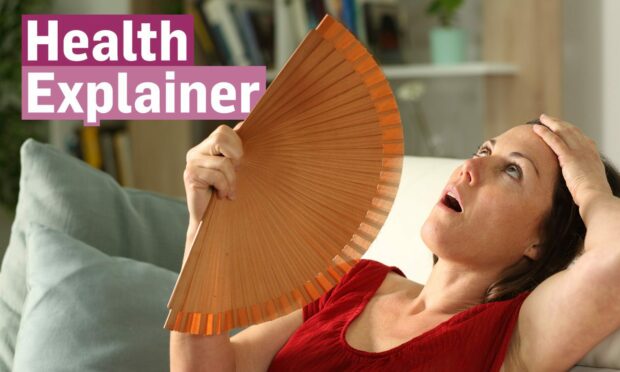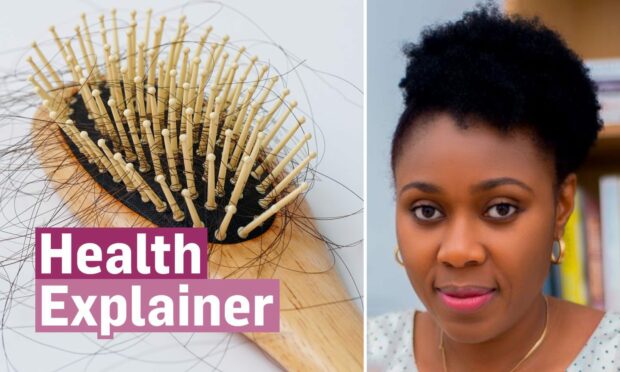Emmerdale star Gemma Oaten has been diagnosed with the rare condition milk-alkali syndrome – but what is it, what are the signs and how is it caused?
The 37-year-old actress, best known for her role as Rachel Breckle in the soap, was first hospitalised with “kidney distress”.
Prior to her diagnosis, she’d been suffering from “excruciating chest, stomach and back pains” which prompted her to call for an ambulance.
What is milk-alkali syndrome (MAS) and how is it caused?
Milk-alkali syndrome is caused by having high levels of calcium in the body.
Over time, this chances the body’s balance from acid to alkaline, causing a loss in kidney function – a process called metabolic alkalosis.
It is nearly always the result of consuming too much calcium and other alkali supplements – like heartburn remedies which neutralise acid to reduce heartburn.
How do I know if I’ve developed milk-alkali syndrome?
Some of the signs you might have MAS include:
- High urine output
- Abdominal pain
- Nausea or being sick
- Fatigue
- A distaste for milk

People with anorexia or bulimia nervosa are at a higher risk of developing MAS, as well as the elderly, pregnant women and those using certain medications such as Ace inhibitors.
High levels of Vitamin D in the body – from supplements, for example – can also make the symptoms worse..
MAS can usually be diagnosed by a doctor through blood tests to check calcium levels and a physical examination.
How bad could it get – and how can I avoid it?
If left untreated, it can lead to some serious complications, such as calcium deposits damaging your kidneys.
This could cause them to fail – which is what happened to actress Gemma Oaten.
In some situations, it can lead to death.
There are some simple ways to lower your chances of developing milk-alkali syndrome, however.
Unsurprisingly, the best method is to cut your calcium consumption, including the use of supplements containing it.
Also, the NHS encourages people living in the UK to drink at least 1.2 litres of water per day – a little over two pints – to keep hydrated.
